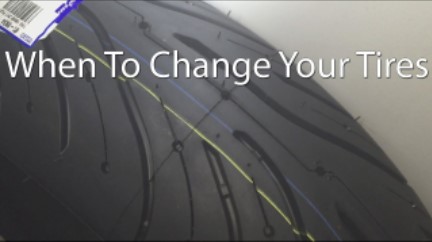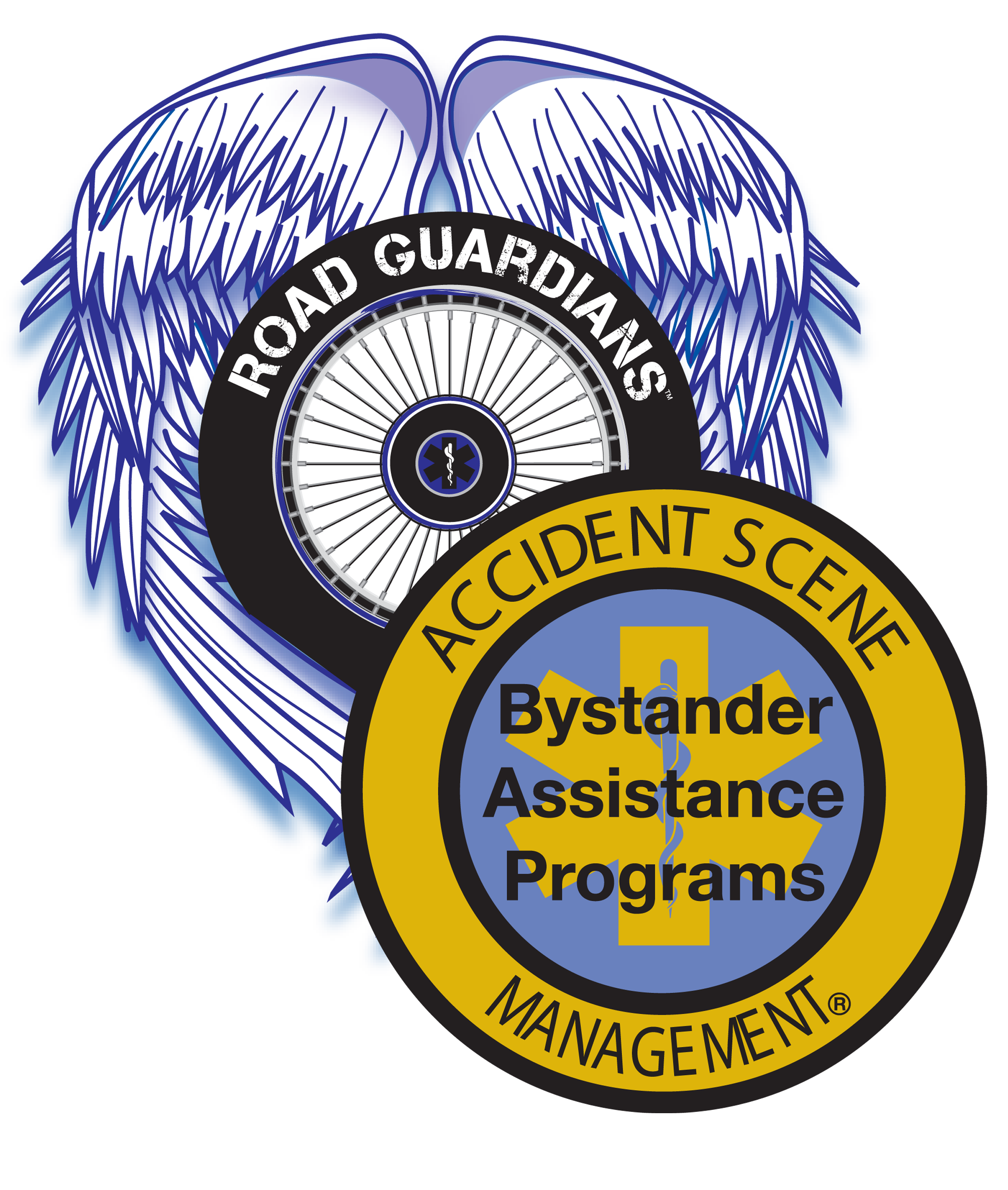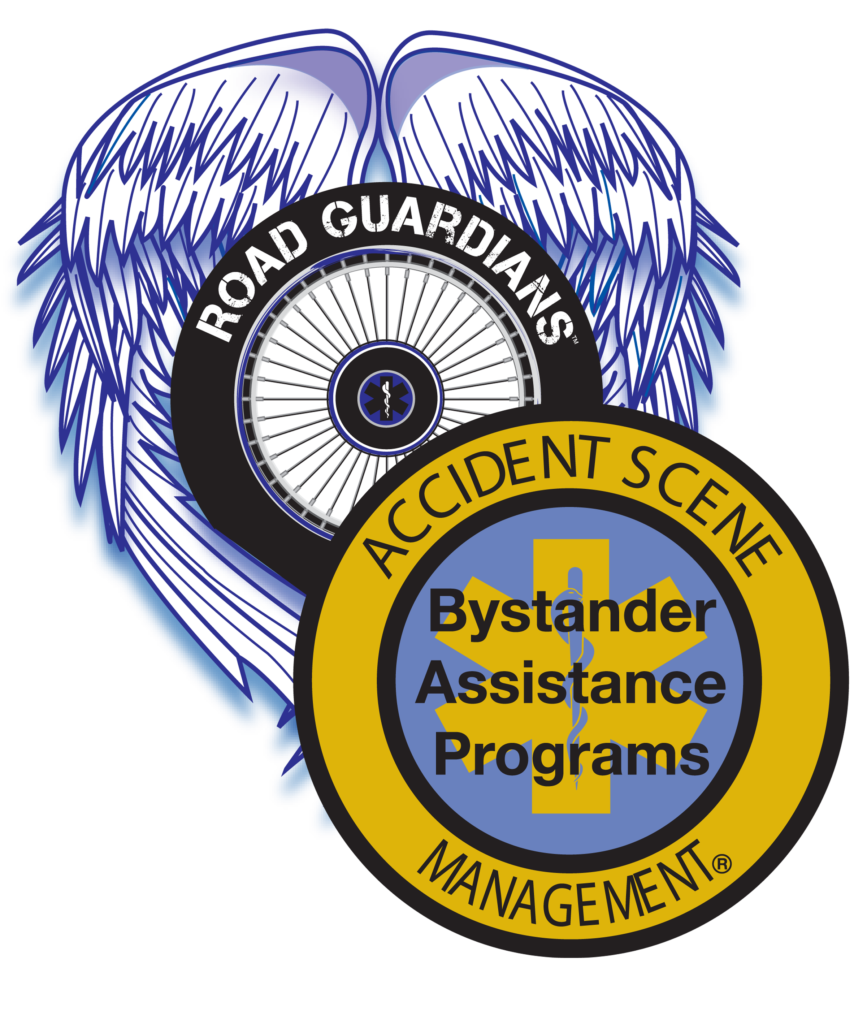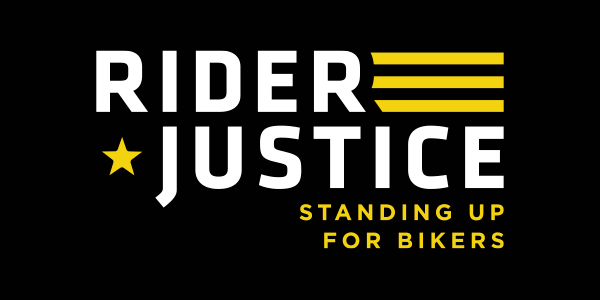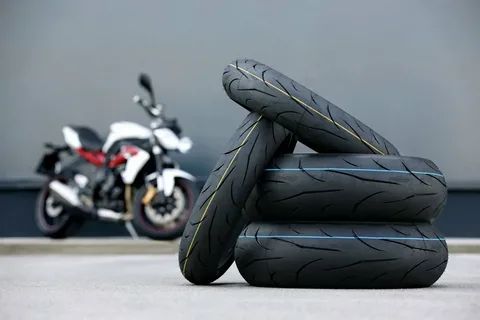
Motorcycle tires are the outermost section of a motorcycle’s wheels. They are generally attached to wheel rims and provide traction while also absorbing surface irregularities. They are durable and allow the rider to effectively turn the motorcycle through counter steering. Because the front and rear tires are the motorcycle’s final link to the ground, they must be designed and built in accordance with safety norms and codes. An optimal tire is one that conforms to the bike’s suspension behavior in terms of braking, fuel economy, safety, and noise level while providing a smooth ride.
The main purpose of rear and front tires is to absorb shocks and blows while riding in unfavorable conditions like uneven, rough, or poorly maintained roads and tracks. Another function of motorcycle tires is to provide adequate traction on the road, allowing the motorcycle to be perfectly balanced and ridden in the most comfortable manner possible.
Curious about those round rubber things attached to your wheels
Motorcycle tires are more than just simple black rubber hoops that keep your wheels from grinding against the trail or road surface. These are state-of-the-art traction providing technology that continues to get better every year, even though the basic concept remains the same as it always has. Tires work so well by providing a cushion of air between your machine and the ground, which gives the tire its shape, allows them to conform to the surfaces and soak up bumps
Top 10 Motorcycle Tire Brands in the World
- Metro Tires Limited
- Continental Corporation
- Bridgestone Corporation
- Kenda Tires
- Michelin
- Dunlop
- MRF
- Ceat Ltd
- Apollo Tires Ltd
- Giti Tire Pte Ltd.
What Motorcycle Tires Do?
Tires not only provide traction for accelerating, braking, and turning, but also serve as a part of the suspension. Like I mentioned earlier, the tires soak up the first part of the impact from bumps, before the fork and shock even begin to work. They are also called upon to perform well in a wide variety of conditions, including extreme heat, cold, and wet.
You actually bet your life on your tires, so aren’t they worth taking a little time and attention for their care and condition? Pay close attention to what your tires are telling you while you’re riding. If steering seems odd or mushy, or if the cornering and braking response feels heavy, there’s a good chance your tires are underinflated. Vibration or wobble may also signal that a leak or tire damage has occurred and failure is imminent.
How Do I Know When To Replace My Motorcycle Tires?
Many people don’t know that motorcycle tires aren’t designed to last as long as car tires. For tires with 5 years of use, manufacturers typically call for an annual inspection by a professional. For a tire that is 10 years old, even if the tread looks great, the manufacturers claim that the tire is at the end of its useful life and should be replaced.
Motorcycle tire rubber is softer than car tire rubber because it has to be. A typical contact patch between your motorcycle tire and the pavement is about the size of a credit card. Hard tires are more likely to slip and slide, while soft rubber will grip the pavement. You need that grip to stay on your bike.
Unfortunately, that extra grip comes at a price. The softer rubber of a motorcycle tire wears out and gets hard faster than a car tire. If you are riding on old tires, please be careful because you probably don’t have the same level of grip as your friend’s new bike. Your friend’s “credit cards” are stickier than your “credit cards”.
If you think all this talk about soft rubber is purely subjective, it’s not. A hardness scale for rubber was created and we have a gauge to measure it. Acme Cycle Chicago can test your tires and give you your hardness rating.
Here is a simple guide to determining if you are due for new tires:
1. Check to see if you have tread. Federal and state regulations dictate that you must have 1/32″ to 2/32″ of tread depth. The middle of the tire sees the most contact with the road and usually wears out first. We can measure your tread depth for you or you can check your wear indicators.

Many motorcycle tires have wear indicators cast into the rubber tread grooves. Look for one of the tire grooves with a raised segment of rubber. These groves are typically located off the center of the tire. That raised segment indicates the manufacturer’s lowest amount of tread to remain safe. Most manufacturers will take the position that you should replace your tires before you hit this mark. 2. Look for defects in the tire. The first tire has tread, but cracking along the sidewalls (commonly known as dry rot) is a clear sign the tire must be replaced. Tire number two has a worn-out, square profile. That tire is not going to feel good when you lean to the bike into a turn. That contact patch on the “corner” of that tire will be very small. Another type of uneven wear is tire number three. The bike had one good shock and one failed shock. You can see the effect the bad shock had on that poor tire. All 3 of these tires were replaced.
2. Look for defects in the tire. The first tire has tread, but cracking along the sidewalls (commonly known as dry rot) is a clear sign the tire must be replaced. Tire number two has a worn out, square profile. That tire is not going to feel good when you lean to the bike into a turn and the contact patch on the “corner” of that tire will be very small. Another type of uneven wear is tire number three, which was mounted on a bike with one good shock and one failed shock. You can see the effect the bad shock had on that poor tire. All 3 of these tires were replaced.
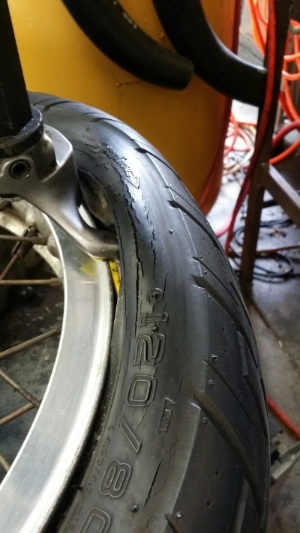
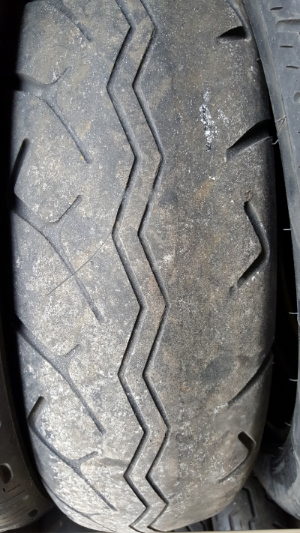

3. Consider the age of the tire. How far from 5 years old is it? The picture below shows the date code imprint stamped into the tire’s sidewall. You are interested in the last 4 digits 4310, which is the 43rd week of 2010. This tire is a little over 5 years old. You can have tread on a 10-year-old tire and it is still unsafe because the rubber is hard. To get a quick idea of the tires’ hardness, stick your thumbnail into the rubber, it should feel soft and compliant. For a reference, find a bike with a new tire and stick your thumbnail into that.
To get a precise evaluation, bring your bike into Acme Cycle Chicago and we will measure the hardness with a gauge and give you the numerical measurement.

Don’t forget that new tires have seen great improvements in technology and there may be a whole new level of performance that you may have never experienced on your bike. I’m talking about a more planted feel, a more compliant ride over bumps, and an improved feeling of confidence. It’s true!
We recommend that you bring in your bike annually for an oil change while you wait. We will inspect your tires and give you your tread depth measurement and your hardness measurement. This way you can track your tires’ wear and be better able to plan for replacement.
If you want to improve your safety and experience a riding satisfaction upgrade, consider a new set of tires.

